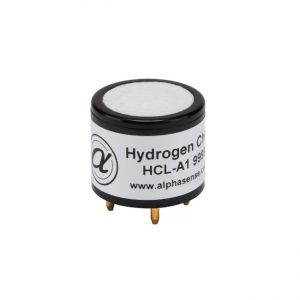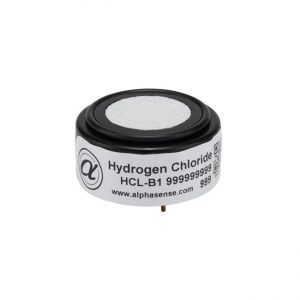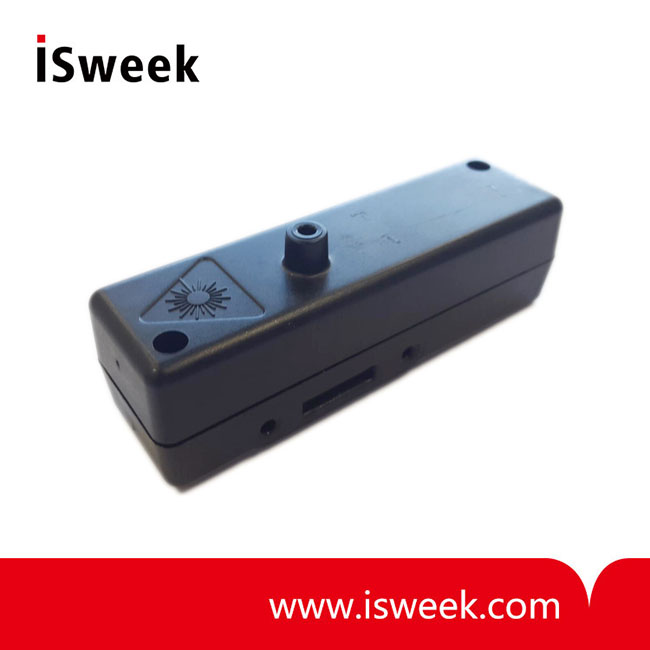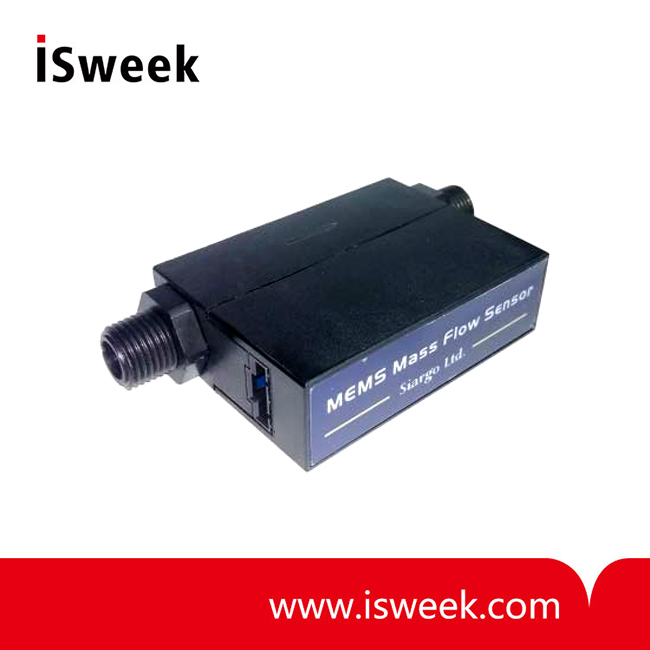In the electronics industry, high-purity hydrogen chloride (HCL) gas is widely used in etching and cleaning processes for semiconductor manufacturing, photovoltaic material processing, and microelectronics production. Due to its high chemical reactivity and extreme sensitivity to impurities, even trace amounts of moisture, metal ions, or other organic substances in the HCL gas can severely impact production equipment and final product performance. Therefore, real-time monitoring and detection of hydrogen chloride gas concentration and environmental leaks are crucial. This article details the detection methods, common instruments, and applications for HCL gas.

Key Detection Parameters
The detection of HCL gas in the electronics industry covers several critical indicators:
-
Gas Concentration: Ensuring HCL concentration meets process requirements to prevent abnormal etching rates.
-
Gas Purity: Detecting the main component content (typically ≥99.999%) and identifying the types and concentrations of impurities.
-
Impurity Analysis: Includes moisture (H₂O), oxygen (O₂), nitrogen (N₂), total hydrocarbons (THC), and metal ions (e.g., Fe, Na, K).
-
Gas Flow Rate and Stability: Verifying the accuracy of flow control during gas transmission.
Essential Detection Instruments
Specialized analytical equipment is required for the above detection parameters:
-
Gas Chromatograph (GC): Used to separate and quantitatively analyze impurity components in gases.
-
Fourier Transform Infrared Spectrometer (FTIR): Identifies HCL and organic impurities through characteristic absorption peaks.
-
Mass Spectrometer (MS): Detects trace metal ions and other low-concentration pollutants.
-
Electrochemical Sensor: Monitors HCL concentration and environmental gas leaks in real-time.
-
Tunable Diode Laser Absorption Spectrometer (TDLAS): Provides non-contact, online monitoring of gas purity.
A Guide to Selecting a Hydrogen Chloride Sensor
Choosing the right Hydrogen Chloride sensor is vital for effective HCL gas detection. Key selection criteria include:
-
Detection Range: The sensor’s range should cover the potential HCL concentrations in your specific application.
-
Sensitivity: This refers to the sensor’s response capability to concentration changes. Higher sensitivity means a faster response but may increase false alarm rates; balance this based on application requirements.
-
Reliability: For long-term operation, selecting a highly reliable sensor ensures ongoing accuracy and stability.
-
Anti-Interference: The presence of other gases in the environment necessitates a sensor with strong anti-interference capabilities to avoid false alarms.
-
Application Environment: Factors like temperature and humidity must be considered, and the chosen sensor must be suitable for the operating conditions.
For detecting hydrogen chloride gas concentration in the electronics industry, ISweek recommends the following electrochemical gas sensors.
Recommended Electrochemical Hydrogen Chloride Sensors
HCL-A1 Electrochemical Hydrogen Chloride Sensor
The HCL-A1 electrochemical hydrogen chloride sensor offers high sensitivity, excellent selectivity, and can filter out dust and small water droplets. It features good low-concentration output linearity, high stability, and resistance to interference from SO₂, H₂, CO, C₂H₄, CO₂, and NH₃.
-
Range: 0-100ppm
-
Operating Environment: -30°C to 50°C, 15-90% RH
-
Resolution: 1ppm
-
Primary Applications: Portable HCL alarms, chemical industry, and various industrial fields.
Alphasense HCL-B1 Hydrogen Chloride Sensor
The HCL-B1 electrochemical sensor provides high sensitivity, excellent selectivity, and filtration of dust and water droplets. It boasts good low-concentration output linearity, high stability, and strong resistance to interference from SO₂, H₂, CO, C₂H₄, CO₂, and NH₃.
-
Range: 0-100ppm
-
Operating Environment: -30°C to 50°C, 15-90% RH
-
Resolution: 0.1ppm
-
Primary Applications: Fixed HCL alarm systems, chemical industry, and other industrial fields.
Detection Methods and Procedures
The detection process must follow standardized operations:
-
Gas Chromatography (GC): The sample is sent into a chromatographic column via a carrier gas for separation, and components are analyzed using a thermal conductivity detector (TCD) or mass spectrometer.
-
Infrared Spectroscopy (FTIR): The absorption spectrum of the gas in the infrared band is collected, and qualitative and quantitative analysis is performed by comparing it to a standard spectral library.
-
Mass Spectrometry Analysis: Inductively Coupled Plasma Mass Spectrometry (ICP-MS) is used to detect metal impurities, with detection limits reaching ppb levels.
-
Electrochemical Method: Based on the redox reaction of HCL on the electrode surface, providing real-time concentration signal output.
-
Online Laser Detection: Uses a specific wavelength laser beam passing through the gas sample, calculating the target component concentration based on absorption intensity.
Relevant Detection Standards
Electronic-grade hydrogen chloride detection must strictly adhere to international standards:
-
International Standards:
-
SEMI C3.38 (Specification for Electronic Grade Hydrogen Chloride)
-
ASTM E260 (Standard Practices for Gas Chromatography)
-
-
Industry Specifications:
-
Include gas purity grades (e.g., 5N, 6N)
-
Allowable impurity limits (e.g., H₂O ≤ 1 ppm, total metals ≤ 50 ppb)
-
Detection method validation requirements
-
Conclusion
Detection technology for hydrogen chloride in the electronics industry is a core link in safeguarding high-end manufacturing. As semiconductor processes advance towards smaller line widths, detection sensitivity and accuracy must continuously improve, alongside a growing industry demand for online monitoring and automated analysis. By scientifically selecting detection methods and strictly implementing standard specifications, reliable guarantees for the safe production and product quality in the electronics industry can be provided. The electrochemical Hydrogen Chloride sensors HCL-A1 and HCL-B1 offered by ISweek, with their high sensitivity and stability, are suitable for various industrial application scenarios and can effectively enhance production safety and product quality.








